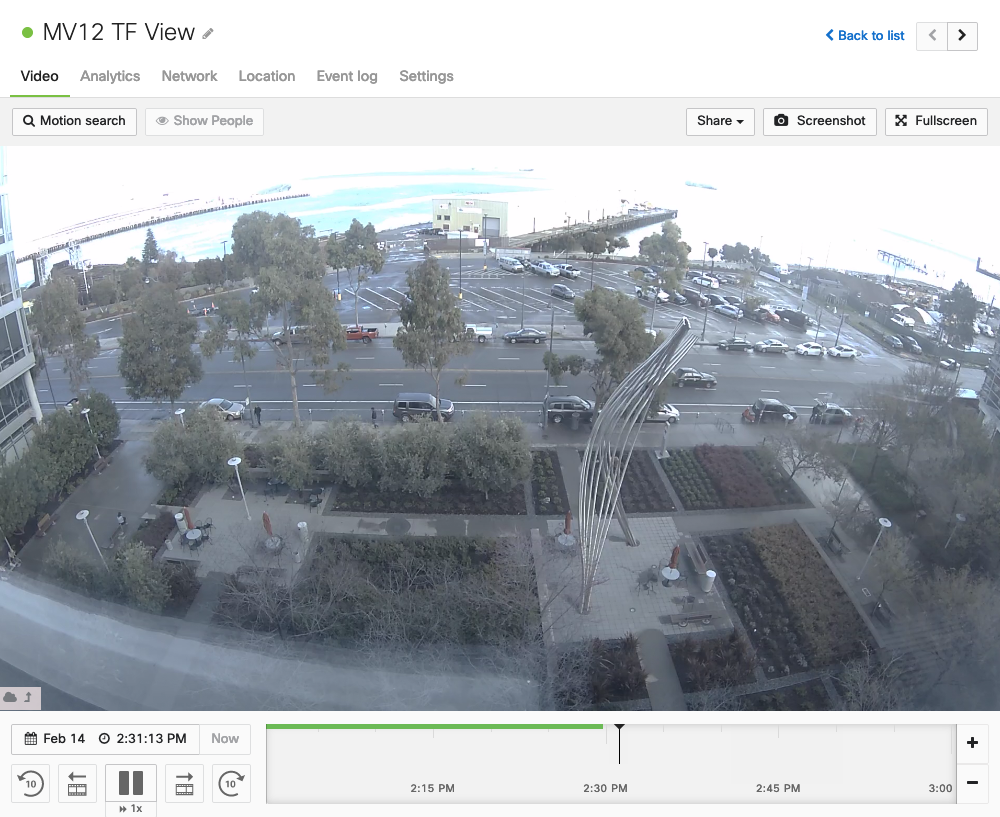MV Video Privacy for Service Providers
Overview
Meraki Service Providers interested in launching MV-based services require the ability to restrict their own accounts’ access to the video footage of cameras managed by them. The default behavior allows administrators with full access at the org/network level to have persistent access to video footage, this raises privacy related concerns and it is not desirable for installers and operators to have full access to video footage.
The MV Video Privacy feature removes all privacy related concerns by restricting access to video footage while allowing customers to grant access to video when needed.
Configuration
For this feature to function, Meraki Support must apply a back-end configuration setting. Prior to this, it must be confirmed that the administrator account permissions are configured as follows:
- Anyone acting in the capacity of Service Provider (referred to as an "SP admin") should retain Organization-level permissions
- Anyone acting as the day-to-day operations administrators (such as the IT staff within the end-customer business) should retain network-level permissions
Such a configuration could appear as below:

Functionality
The MV Video Privacy feature is divided into two parts: Initial Installation and Support.
Initial Installation
During the camera install process installation teams perform several tasks (physical installation, camera aiming, image settings configuration, etc) that require the ability to view video footage in order to ensure that cameras are properly installed and meet customer requirements.
This part of the MV Video Privacy feature gives installers the ability to perform the required tasks for successful camera installs by allowing them to view video footage of cameras during the installation process. When a camera network is created, access to video footage for the cameras in the network is granted to organization administrators (SP admin) and Cisco Meraki Support staff for a 7-day period. The 7-day countdown starts from the creation date and time of the camera network.
Once the camera install is complete and the customer confirms cameras are aimed and configured to their requirements they can then revoke video access from the Help > Get help > MV smart cameras page. Otherwise access will automatically expire at the end of the 7 days.

When video access is revoked organization administrators (SP admin) and Cisco Meraki Support staff will not have access to video or audio and will see the "Video access denied" message when trying to access video footage.

Support
In the event of end customers being in need of technical assistance the following process should be followed:
- End customer reaches out to SP and raises a support case
- Technical support representative (SP admin) determines that video access is required
- Technical support representative (SP admin) requests customer to grant video access
- End customer logs into the Meraki dashboard, navigates to the Help > Get help page and grants video access for 7 days

Note: Only network administrators (end customer) can grant video access to organization administrators (SP admin).
When the customer grants access, organization administrators (SP admin) and Cisco Meraki Support staff can view all video footage for a period of 7 days. Access to video footage is restricted to the cameras in the network access was granted for.

Once the troubleshooting or installation tasks have been completed, the end customer can revoke access to video from the same page it was originally granted. Otherwise access will automatically expire at the end of the 7 days.
Availability
MV Video Privacy is strictly available as a Service Provider-only feature.

